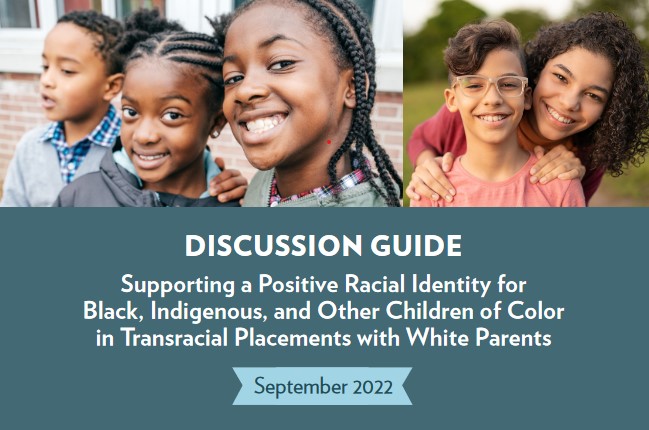
This discussion guide and several other resources were popular with child welfare professionals last year.
A tool, a guide, some strategies, and lessons learned—have you checked out these resources? They were the most-viewed content on this site in 2023.
How do we start preventing adoption and guardianship disruption?
Many youth have trauma that is compounded when “permanent” families turn out to not be so permanent after all. Here are strategies to address this problem.
The impact of the Great Resignation in child welfare
The Great Resignation forced many work sectors to adapt to meet a new era of professionals: those willing to walk out the door when their needs aren’t met.
How can we reduce congregate care placements? Lessons from South Carolina
In 2019, over 51% of teens in South Carolina’s foster care system lived in congregate care, also known as group homes. Two years later, there had been a 15% decrease in congregate care place.